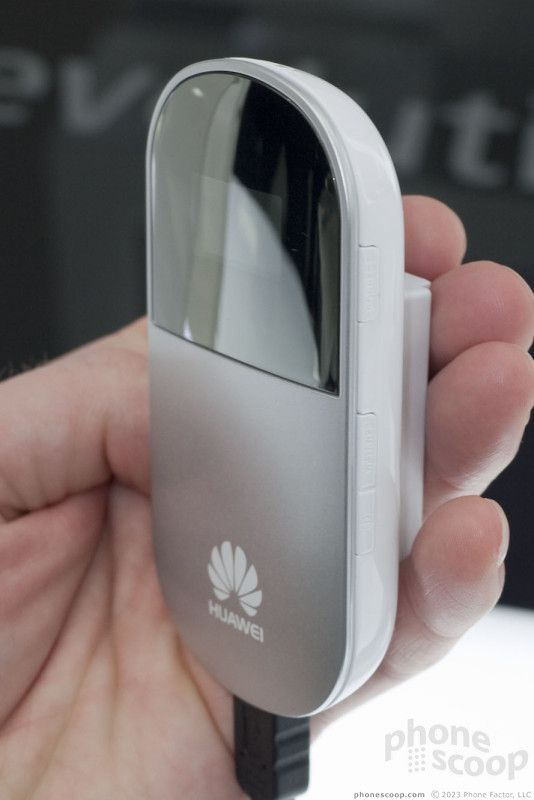4G Networks Tested: WiMAX vs. HSPA+
On the Sprint side, we tried an Overdrive Wi-Fi mobile hotspot and a U301 USB stick. We tested the two head-to-head in a number of locations to see if there was a speed difference. There wasn't. Therefore our Sprint testing was conducted using the Overdrive (with 1.06 software.)
For T-Mobile, we tried both the "webConnect" USB stick (HSPA 7.2) and the faster "webConnect Rocket" USB stick, with HSPA+. Both are made by Huawei. As we mentioned earlier, we tested them extensively head-to-head and were surprised that the speed difference was only about 15%.
When it comes to user experience, all of these devices were terrible.
All of the USB sticks required special software to work on our Windows 7 laptop. The software for each was buggy, difficult to set up, confusing to use, and slow to start and stop the connection. It's something you get used to, but it just seems unnecessarily frustrating.
The gold standard in our book is the Novatel MiFi - available for Sprint and Verizon 3G networks - that connects to the PC via standard WiFi. It's tiny, lightweight, turns on and off quickly, requires no software, is dead-simple to use and is completely wireless.
That's why we had high hopes for Sprint's Overdrive. Like the MiFi, it's a mobile hotspot that connects to your laptop over WiFi. It does indeed work, and it's nice that it requires no clumsy software or time-consuming connect/disconnect routine on your laptop. Even if you connect it to your laptop via USB instead of WiFi, it works with no extra software, using the modem function built into the laptop's OS. (Why oh why don't the USB sticks work that way?!) Even the initial setup process requires no software and works over Wi-Fi.
Unfortunately, the Overdrive is large, takes an eternity to start up and shut down, crashed on me a few times (requiring a paper clip to reset) and has a bad user interface.
The Overdrive has a relatively large color display, which is quite unusual for a modem. In theory, that should make it a breeze to use; unfortunately, it's completely wasted. We were frustrated that the display has tiny, cryptic icons that require the hard-to-find electronic user manual to figure out. For a while it was flashing an exclamation point icon at us. It took us a while to figure out what that meant. It's baffling why it wouldn't simply show a plain-English alert message; there's plenty of room for it on that display. They could have made the Overdrive smaller and much easier to use by replacing the display with a handful of LEDs and buttons.
We hope that the next version of the Overdrive is smaller, faster, and easier to use.
As for T-Mobile, they don't offer a mobile Wi-Fi hotspot product at the moment. We hope that changes soon. Huawei - the company that makes T-Mobile's current USB sticks - does make HSPA+ mobile Wi-Fi hotpsots. We checked one out at MWC in Barcelona this past February. Here's what the Huawei E5 II looks like, and how it compares to the MiFi:
This specific version is for European 3G frequency bands, but we're sure Huawei would be happy to make a version compatible with T-Mobile's HSPA+ network. C'mon, T-Mobile, make it happen!
T-Mobile HSPA+ Home Router
We managed to get our hands on an unannounced T-Mobile USA HSPA+ device. It's a WiFi router, like Sprint's Overdrive, although it lacks a battery, so it's designed to stay at home and replace a wired broadband connection like DSL or cable. In addition to WiFi, it sports an Ethernet jack for connecting a wired home network, if you wish.
The device came from a contact involved in a closed market trial. Our contact wasn't told the objective of the trial, just to take the device and give it a spin.
Therefore, we honestly don't know much about it, except that it exists. We don't know whether they plan to bring it to market, or if it's just intended for trials. (Occasionally devices are manufactured just for trials, such as the Samsung Digital TV phone announced at CES in January.)
We tested it out briefly. It worked fine, although in our tests, it delivered speeds similar to our webConnect HSPA 7.2 USB stick.








